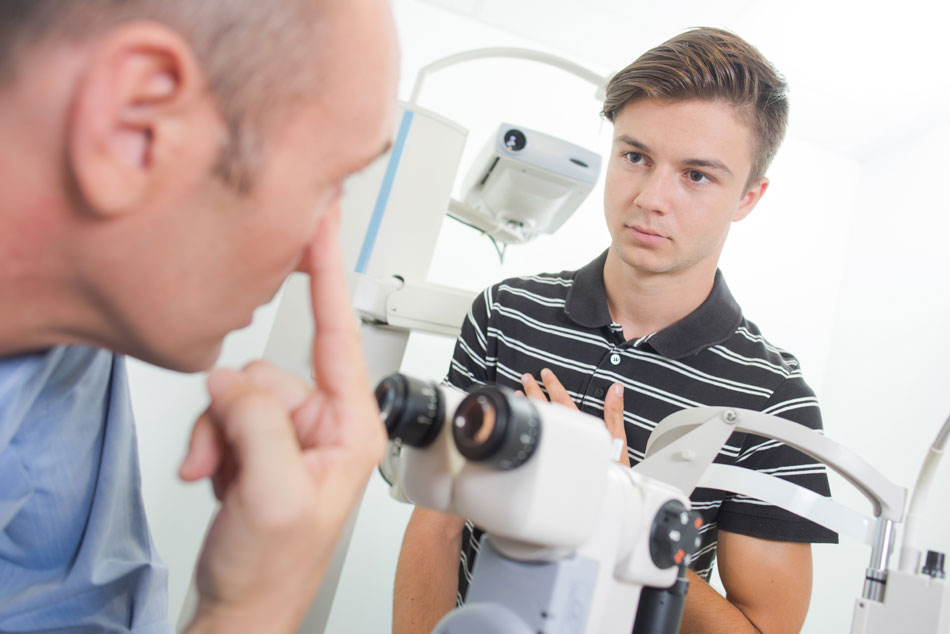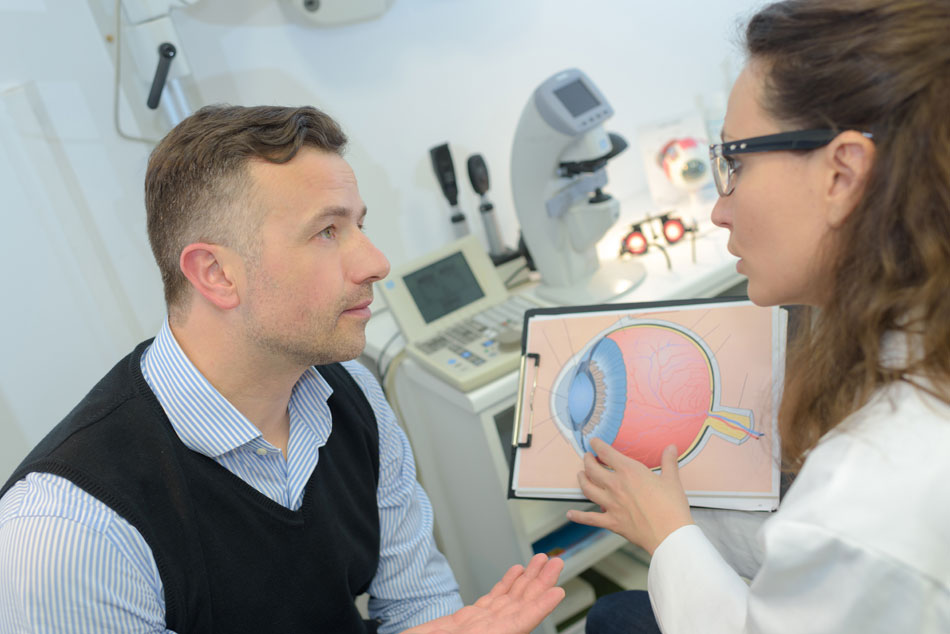The Eye Doctor’s Office: What to Expect During a Contact Lens Fitting

The freedom of wearing contacts instead of glasses is enjoyed by millions in the U.S. each day. And with contacts becoming easier to wear and more affordable than ever, there's no excuse not to jump on the bandwagon.
If you're thinking about making the switch to contacts, you'll first need to go through a contact lens fitting. While this can be intimidating for new wearers, it's actually a quick and simple process. It’s one that will help ensure you choose the right contacts and get a pair that fits you perfectly.
Let’s take a moment to learn more about what to expect during your contact lens fitting.
An Eye Exam

Before you can start your contact lens fitting, you'll need an eye exam. Even those lucky enough to have perfect vision need at least an annual eye exam. That's because during this process, your eye doctor will check for more than just your vision.
He or she will also look for early signs of cataracts, which can cause night blindness, as well as any inflammation in the eye that could be an early sign of a serious issue. Also, a pressure check can be performed while the doctor addresses any concerns you might have about your eye health. These can include things such as dry eyes or spots in your vision.
Retinal imaging is an important part of your eye exam. It can help your doctor spot certain cancers, degenerative conditions, glaucoma and more. During your eye exam, your doctor will, of course, also determine whether or not your vision needs correcting. If it does, he or she will also go ahead and figure out what prescription strength of glasses or contacts you'll need.
Consultation for Contact Lens Options
Once checked for any eye conditions, you can have your prescription strength determined. Then, it's time for your contact eye exam.
During this step, your eye doctor will determine if you're a good candidate for wearing contacts. He or she will consider a number of factors during your contact lens exam. For instance, certain conditions can make wearing contacts difficult, though not impossible. One such condition is severe astigmatism.
But it isn't just your eye health history that will affect whether your doctor thinks you're a good fit for contacts. If you're someone who constantly rubs your eyes, for example, your doctor may suggest you stick to glasses instead.
Choosing the Right Contacts for You

After your eye doctor gives you the green light for contacts, your exam still isn't quite over yet. Next, he or she will discuss your different contact options. There are many choices out there, each with its own benefits and drawbacks. Your eye doctor might suggest a certain brand or type of contact for a specific purpose. For instance, Acuvue's Oasys contacts are great for active people because they keep your eyes and contacts moist all day long.
Your optometrist will also discuss your options for how long you'll wear each pair of contacts. You can choose from daily, weekly, biweekly or even monthly wear contacts.
Monthly wear can be great for those who wear their contacts every day. It’s also great for for those who travel and don't want to carry multiple pairs. But daily disposable contacts give you a fresh start each day, which some eye doctors recommend to help protect the health of your eyes.
Bifocal contact lenses are an option as well. Older contact wearers who struggle to see fine print in a newspaper up close and road signs at a distance might find these appealing.
If you're interested in wearing contact lenses that change the color of your eyes, this is your opportunity. Your consultation is a great time to talk with your eye doctor about choosing safe colored contacts.
Education About Safe Contact Use

Once your eye doctor has helped you choose a type of contact, he or she will educate you on safe contact use.
During your fitting, you'll try on a pair of contacts, possibly for the first time. Your optometrist will want to make sure you know what to do to keep your eyes healthy.
There are a few important things your eye doctor may teach you during this consultation:
- Always washing your hands before handling your contacts
- How to wash your contact case to keep it disinfected
- What type of solution you need to use
- How to put in and remove your contact lenses safely
Contact Fitting

It's finally time for your contact fitting! But what is a contact lens fitting anyway? It's the time when an eye doctor helps you learn how to put your contacts in, lets you try them, and talks with you about whether they're right for you.
Contacts are soft and flexible, so it seems like they’d fit any eye easily. But that’s not true at all. Your optometrist needs to choose the right angles and curvature to fit your eyes’ unique shapes. Otherwise, you may experience discomfort and blurriness while wearing your contacts.
During your fitting, be honest with your eye doctor about how the lenses feel. It can take a while to get used to wearing them, but you shouldn't experience any discomfort during your appointment.
Preparing for Your Contact Lens Fitting
Now that you know a few things to expect, it's time to prepare for your contact lens fitting. If you've worn contacts in the past, you may already have questions and concerns you'd like to discuss. You may have seen ads for certain contact brands that you want to try.
Or perhaps you've never worn contacts, but have an interest in trying them out. It's time to prepare any questions you have about whether you think contacts are a good fit for you!
Before you buy your contacts from your optometrist, it's important to first learn about your other options. Just make sure you’re only visiting reputable contact lens retailers, whether in person or online.